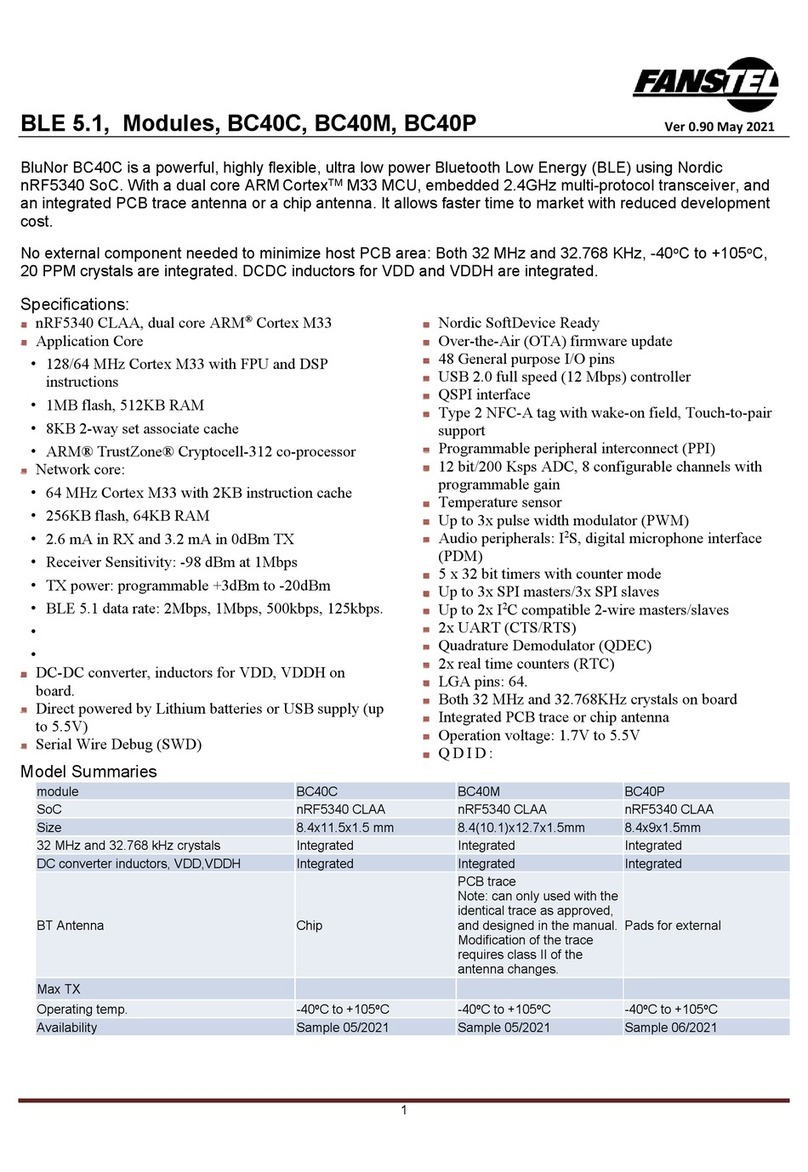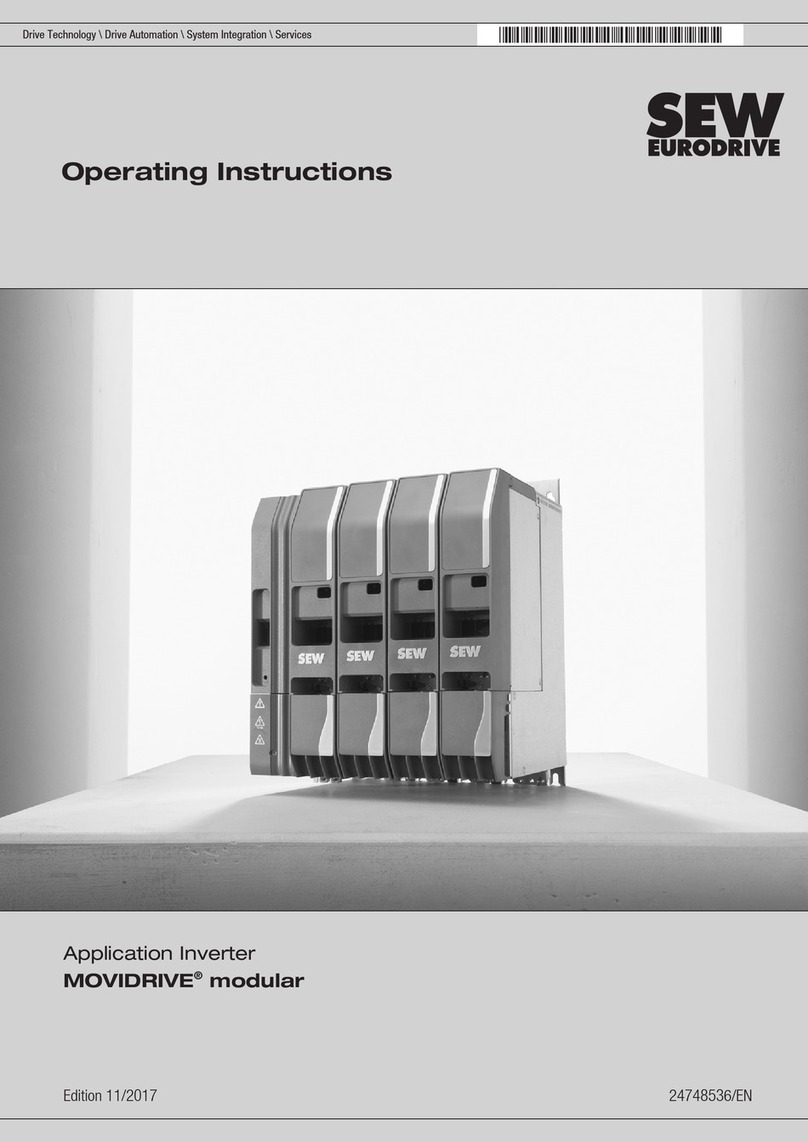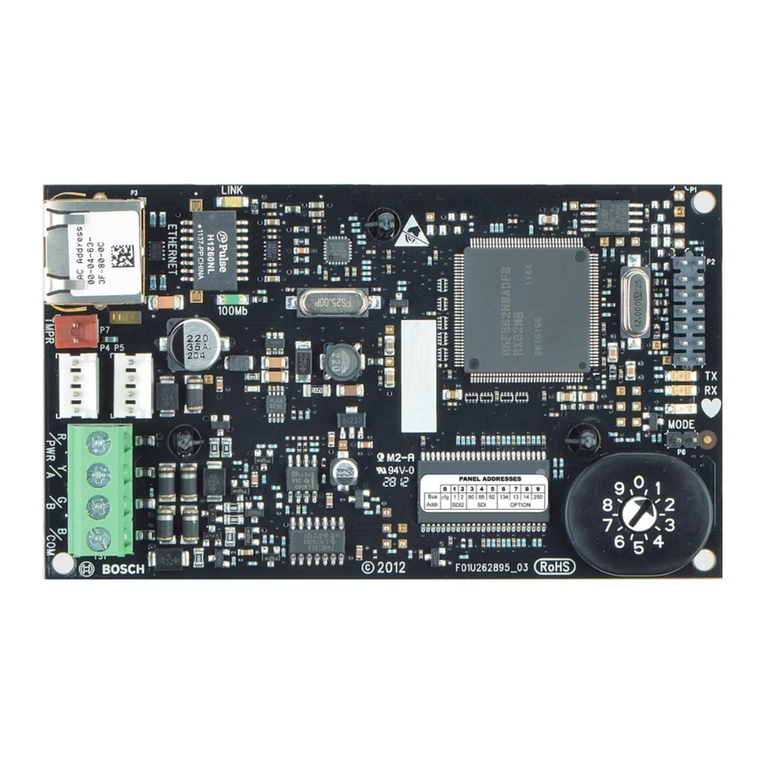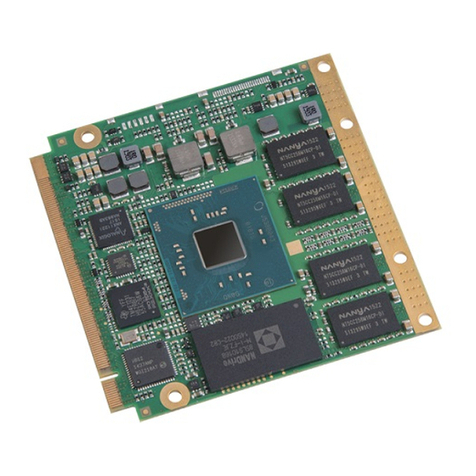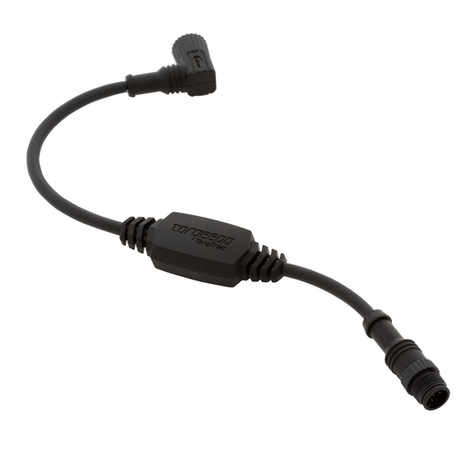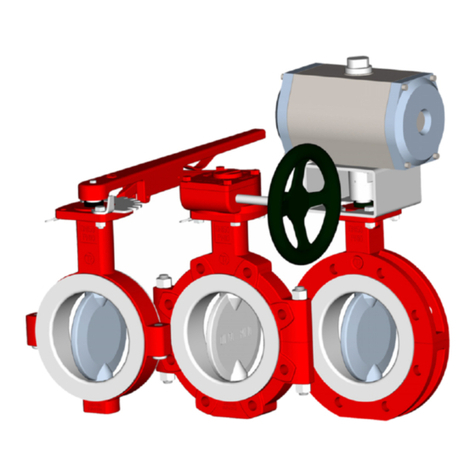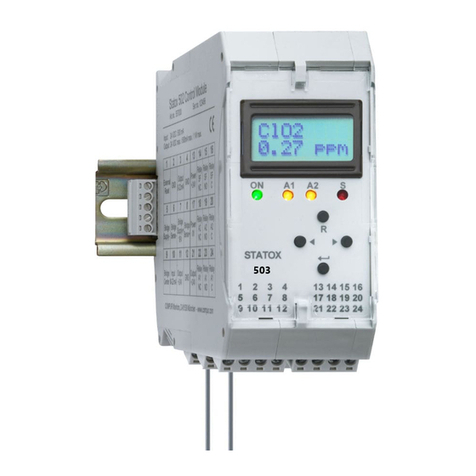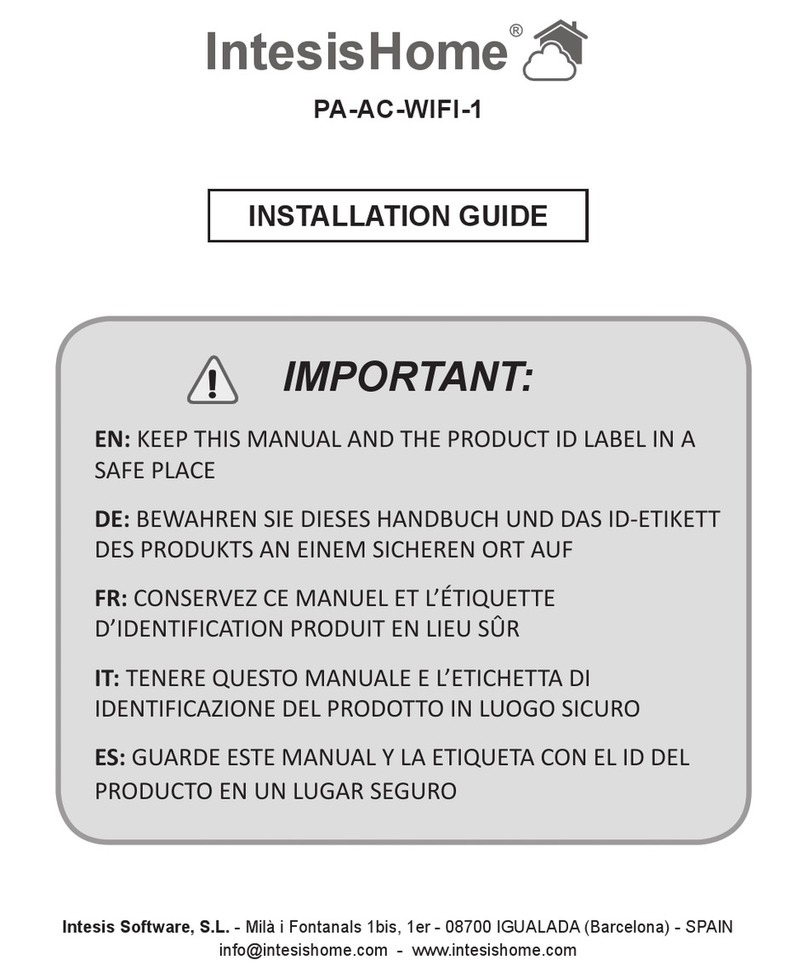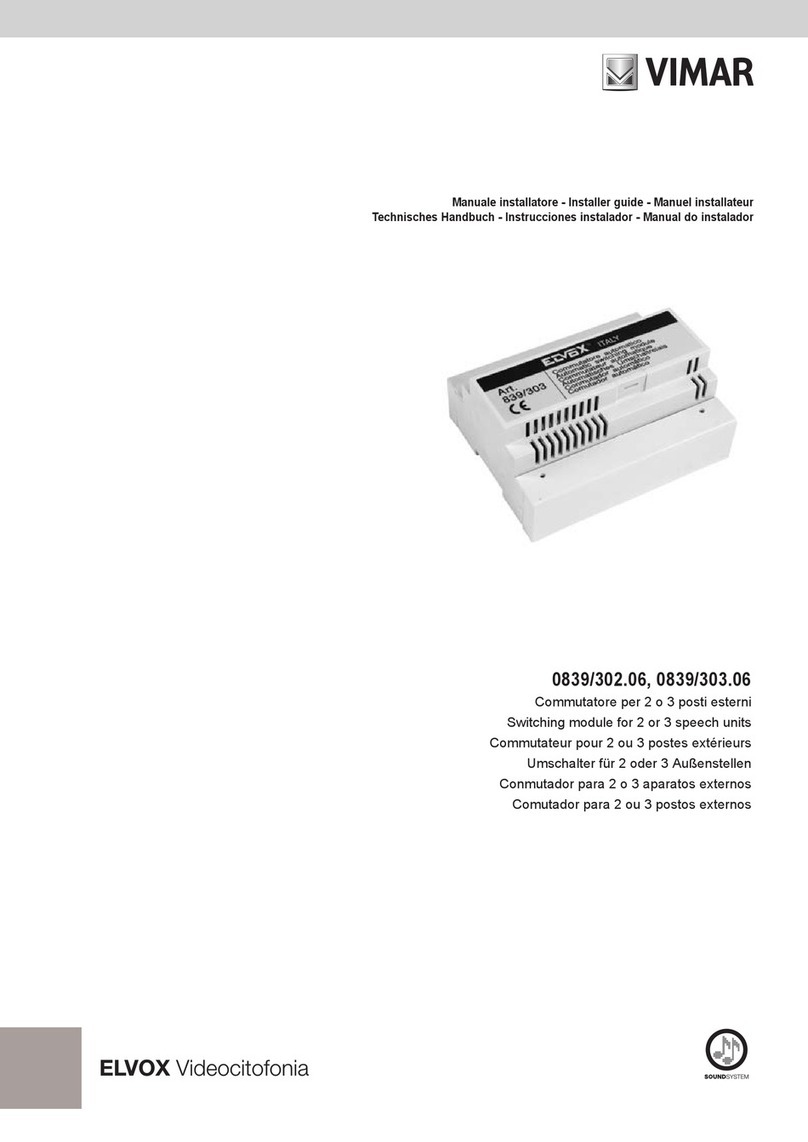HappyNerding FM AID User manual

FM AID | 2020 VERSION | USER GUIDE
FM AID is a module designed
to perform Through-Zero Linear
Frequency Modulation (FM)
in the analog modular world.
Use any signal as a
Carrier or Modulator.
Width: 4HP
Depth: 30mm (3cm, or 1.5 inches)
Power Consumption: +45 /-45 mA at +/-12 Vdc
FM AID
Through-zero linear FM
happynerding.com

Inputs & Outputs
Carrier Input Level: -5V … +5V
Note: FM AID also accepts inputs from -1V … +1V to -12V … +12V
using an onboard trimmer.
Modulator Input Level: Preferably -5V … + 5V
CV Input Level: Preferably -5V … + 5V
Outputs Level: -5V … +5V
Outputs Impedance: 1kOhm
Module
Width: 4 HP
Depth: 30mm (3cm, or 1.5 inches)
Power
Power Consumption: +45 /-45 mA at +/-12 Vdc
Power Cable: 10 pin-to-16 pin ribbon cable (included).
Note: Factory-assembled modules come with the ribbon cable
attached to the male 10 pin PCB mount connector—a standard
Eurorack power connector.
Installation Instructions:
1. Confirm that the Eurorack synthesizer system is powered off.
2. Locate 4 HP of space in the Eurorack synthesizer case.
3. Connect the 16 pin side of the ribbon power cable to the 2x8 pin
header on the Eurorack power supply, confirming that the red stripe
on the power cable is connected to -12V.
5. Mount the FM Aid in the Eurorack synthesizer case.
6. Power the Eurorack synthesizer system on.
Note: This module has reverse polarity protection.
FM AID | 2020 VERSION | USER GUIDE
1
SPECIFICATIONS

FM AID | 2020 VERSION | USER GUIDE
2
INTRODUCTION
The module copies FM in how it is done in digital implementation, but in
a completely analog circuit, free of digital aliasing artifacts. Digital and
software FM oscillators are mainly based on a ramp waveform, which
is then shaped to other waveforms.
This is also represented in the FM AID module: a sawtooth signal is
expected on the Carrier input to give the indicated sine, triangle, sawtooth
and square waveforms on the respective outputs. However, the user is not
limited to only use sawtooth for the Carrier and any other signal can be
plugged giving many complex waveforms at the outputs.
All known FM tricks from digital implementation are also applied.
You can endlessly experiment with the Carrier/Modulator frequency ratios,
Modulation index (FM knob), Modulator’s amplitude shaping (CV knob),
feedback FM (output is fed back to the Modulator’s input) and many others.
The Carrier input has a normalled connection to the Modulator’s input.
This internal routing is disconnected each time a plug is inserted in the
Modulator’s input. That is a handy option which allows the module to be
used with only one signal source – this single signal will act as Carrier and
Modulator at the same time. There won’t be any frequency differences
between Carrier and Modulator in this case, but many interesting wave
folding sounds will be available anyway.
FM amounts at 0, 5, 10 dial positions and their respective spectrums.
A 100 Hz sawtooth wave is used as a Carrier and Modulator.
With FM AID, any signal can be used
as a Carrier and Modulator.

CONTROLS
FM Knob
Sets Frequency Modulation depth, or as it
usually called in FM synthesis: modulation
index. By increasing the “FM” amount,
additional harmonics are shifted proportionally
further from the main tone. This increases the
sonically perceived brightness and complexity
of the sound.
CV Knob
Bipolar control with the scale dial from
-5 to +5. Any signal applied to the CV input will
be internally added to the manually set “FM”
amount. So the “CV” knob changes the FM
depth (index).
CV Input
Control voltage input for FM depth. Can be
either AC or DC. -5V … + 5V input voltage
range is welcome.
MOD Input
Modulator—or signal—that modulates the
frequency of the Carrier. Any signal, preferably
-5V … + 5V (10 V pk-pk), can be used.
CAR Input
Carrier—or input—to be frequency modulated.
Any signal, preferably -5V … + 5V (10 V pk-pk),
can be used. The sawtooth wave will give the
most resemblance to the standard digital FM and
will produce the indicated waveforms at the four
outputs: sine, triangle, sawtooth and square.
1
2
3
4
5
FM AID | 2020 VERSION | USER GUIDE
3
5
4
2
1
3

FM AID | 2020 VERSION | USER GUIDE
OUPUTS
4
SQUARE
Very bright output. Using a saw wave as the
Carrier input will result in a square wave.
SAWTOOTH
Very bright output. Using a saw wave as the
Carrier input will result in the same saw wave.
SINE
The least bright output. Using a saw wave
as the Carrier input will result in a sine wave.
TRIANGLE
A bit brighter than sine output.
Using a saw wave as the Carrier input
will result in a triangle wave.
1
2
3
4
2
1
4
3

FM AID | 2020 VERSION | USER GUIDE
CAR input signal
Self-patch the MOD input
Output signal
Feedback
Patching
TIPS & TRICKS
Note Velocity
To add extra color to sound, patch velocity voltage to
the CV input, which will change the FM depth (index)
in relation to the velocity of the notes.
Pitch CV Modulation
Pitch CV can be used to vary the FM depth (index)
amount for different pitches:
•Positive CV setting will raise the FM depth (index)
for every higher pitched note.
• Negative CV setting will allow to decrease
the FM depth (index) for higher pitched notes.
Audio Rate Modulation
Audio rate signals can by plugged to CV input as
well—just try it and you will like it.
Hard-Sync
Try using standard, hard-synced oscillators for the
Carrier and Modulator to eliminate the frequency
beating, so the produced FM tone will stay static.
Strengthen the Low End
Increasing the FM depth (index) can shift the harmonic
peaks higher in frequency, weakening the main tone
(first harmonic). To bring back the low end, try any of
these methods:
•Lower the octave of the Carrier.
• Lower the pitch of the Modulator.
• Switch the waveform of the Modulator to a sine
or a triangle.
Feedback
It is known fact, that in digital FM realization, self
feedback is used to produce noise at some feedback
depth settings. This is due to the limited sample rate
in digital realm.
Of course there is no such restriction for analog
implementation of FM AID module. But there is still
limited reset time of standard analog waveforms, so it
is possible to resemble the digital noise generation too.
It is done by sending any of the four outputs to the
Modulator’s input making a feedback path. Each of the
four shapers will give different noise flavors, thus try
them all. Depending on the reset time of the Carrier
signal this noise generation setting will vary, but it will
be somewhere in the “FM” knob range of 6-10 for
most of the signals.
5

FM AID | 2020 VERSION | USER GUIDE
CALIBRATION
HAPPY NERDING!
There is only one part of the FM AID module
which may require the user’s adjustments:
the onboard trimmer.
By default FM AID is tuned to be fed with -5V … + 5V
(10 V pk-pk) signals for Carrier. But as all oscillators
are not perfectly made to give exactly -5V … + 5V
waveforms, you may have to adjust the trimmer to the
setting which gives the least amount of artifacts.
For proper calibration:
With nothing patched to the CV and Modulator inputs,
feed the ordinary saw wave into the Carrier jack. Set
the “FM” knob fully CCW to the 0 mark. Now monitor
the “saw” output
“Two teethed” saw:
Trim CW until the proper saw wave appears.
If the scope shows a proper saw from the beginning,
it still may require trimming:
• Trim it CCW until the two teethed artifact starts to
appear.
• Then trim it just a bit back for a clear saw picture.
Now you are done.
A saw wave with two “teeth” A proper saw wave
6
For any questions regarding calibration, please contact hnerding@gmail.com
Table of contents
Popular Control Unit manuals by other brands
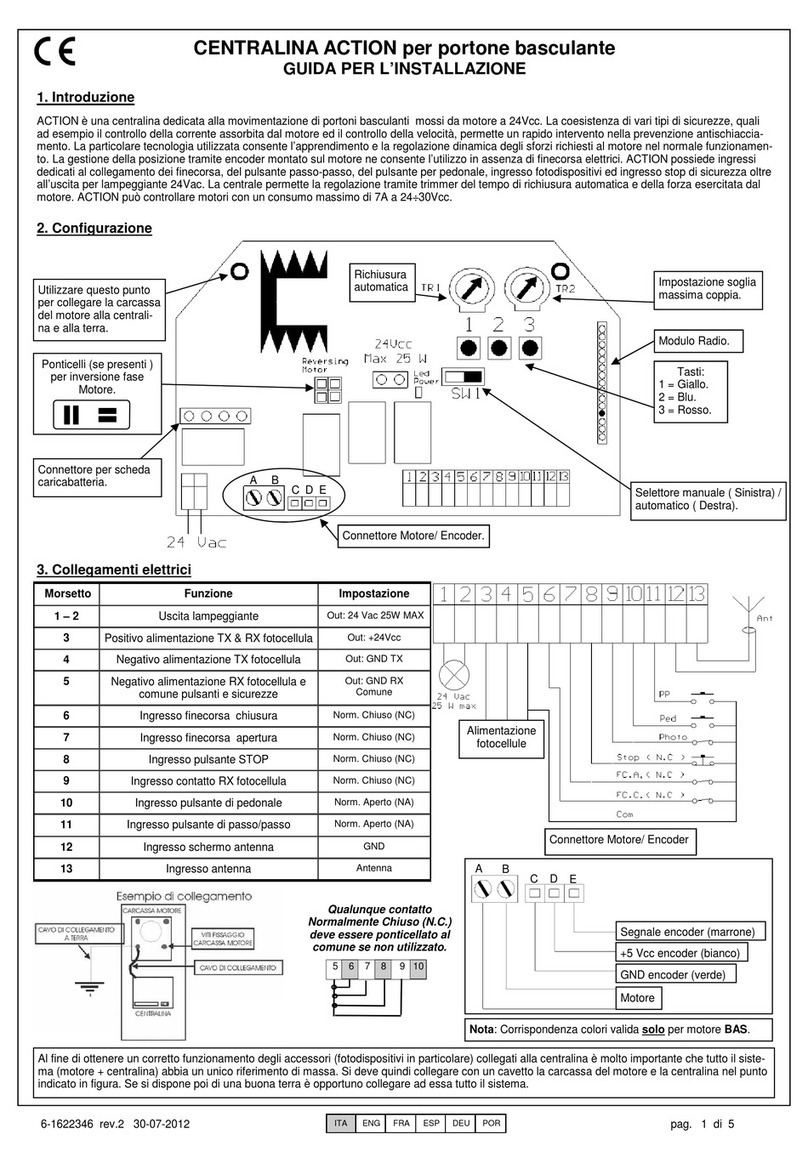
Allmatic
Allmatic ACTION Instructions for installation
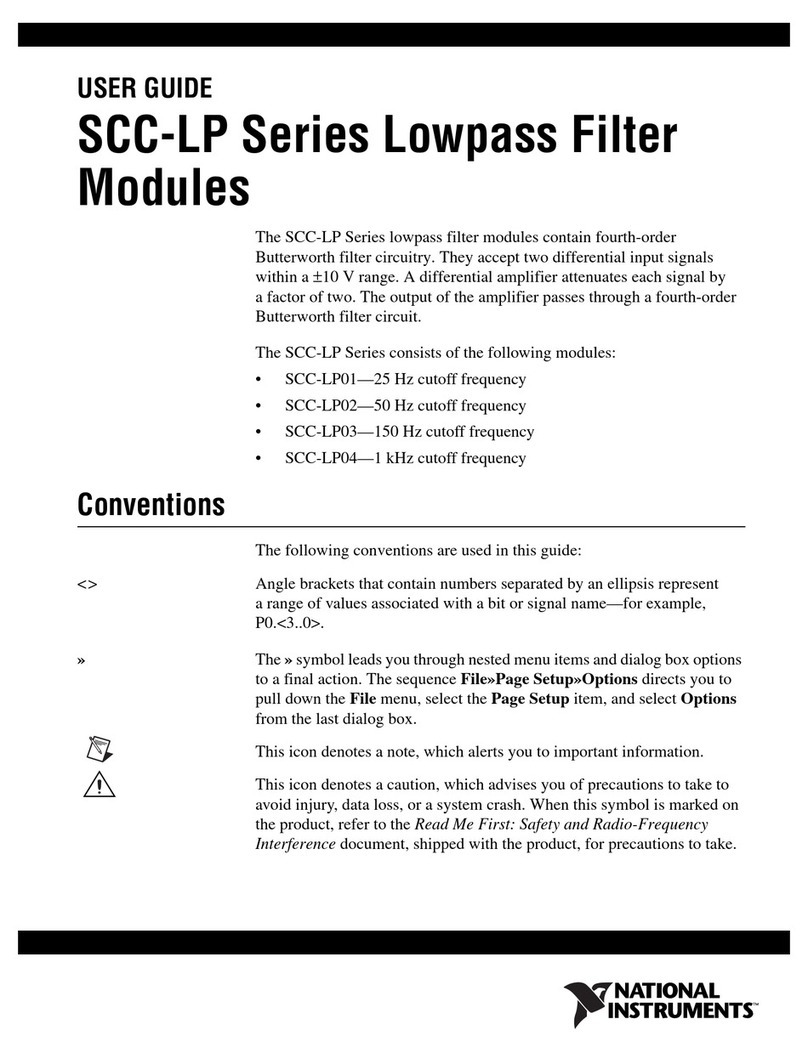
National Instruments
National Instruments SCC-LP Series user guide
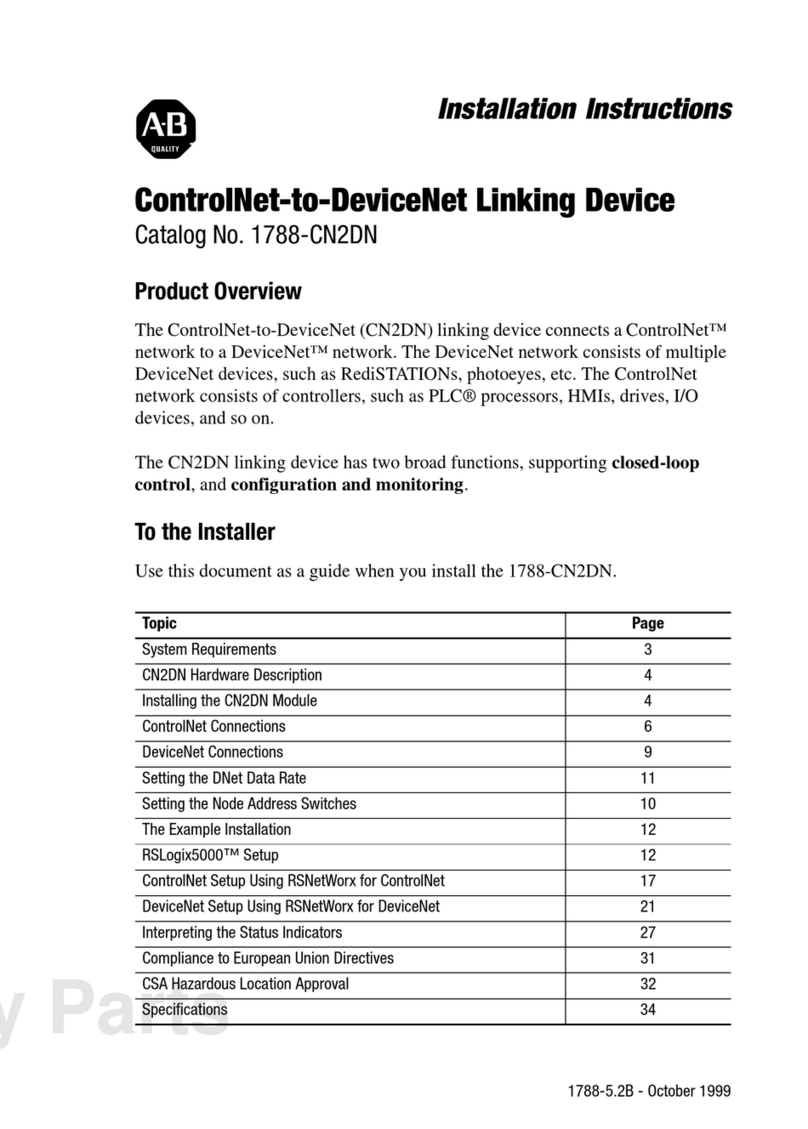
Allen-Bradley
Allen-Bradley ControlNet-to-DeviceNet 1788-CN2DN installation instructions
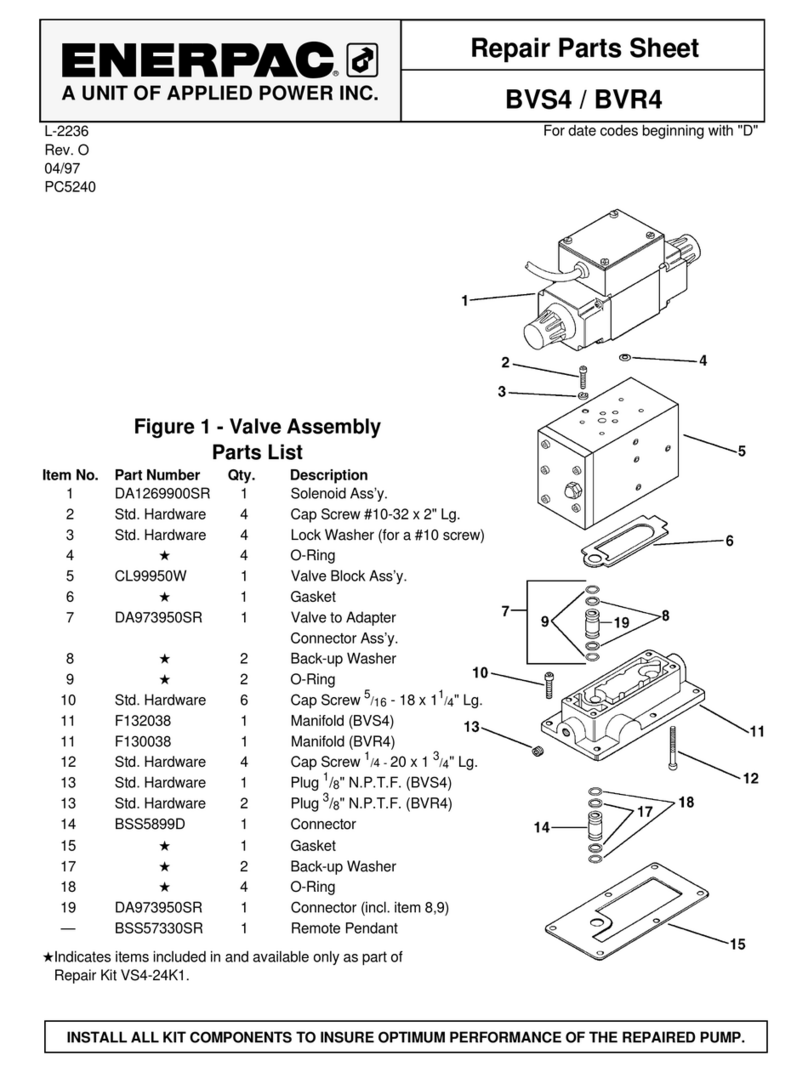
Enerpac
Enerpac BVS4 Repair Parts Sheet
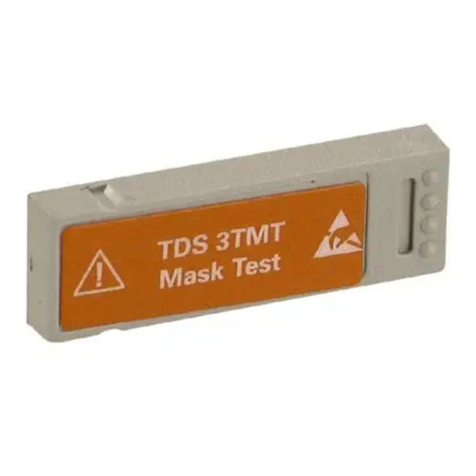
Tektronix
Tektronix TDS3TMT user manual

MFJ Enterprises
MFJ Enterprises MFJ-762 instruction manual
